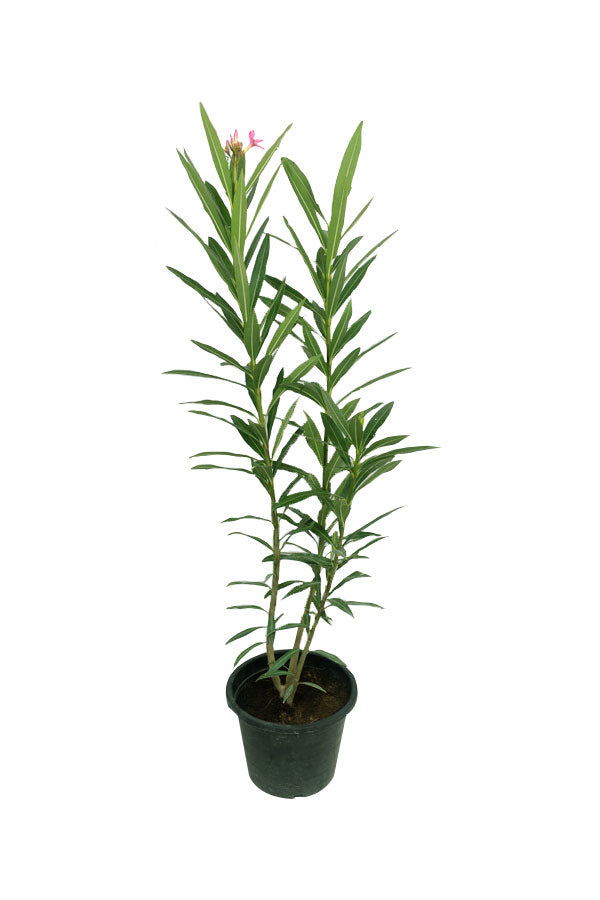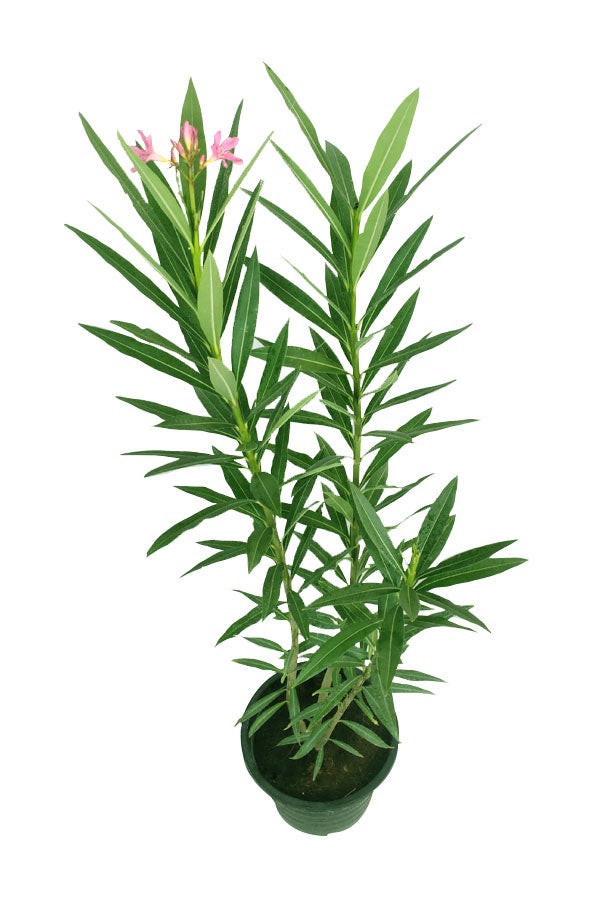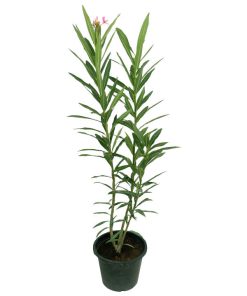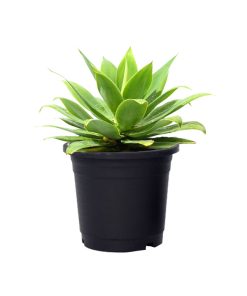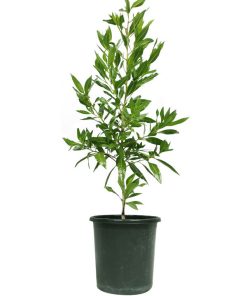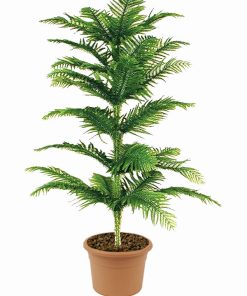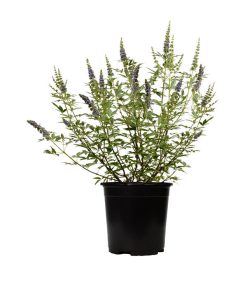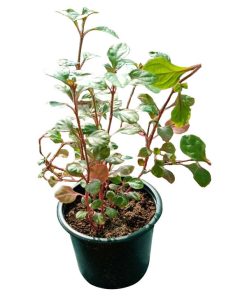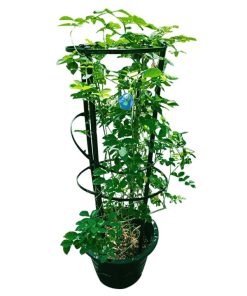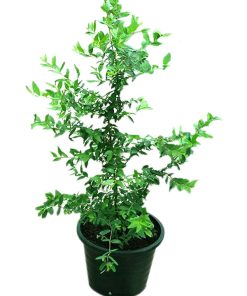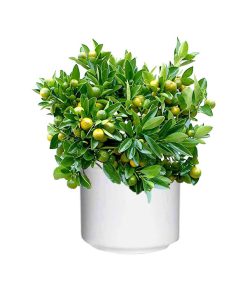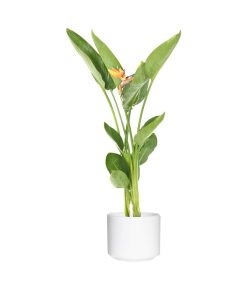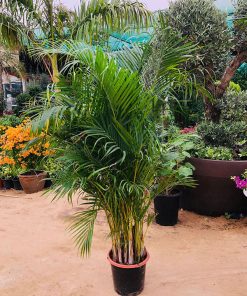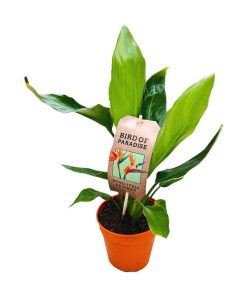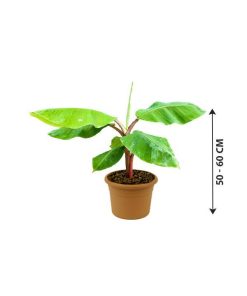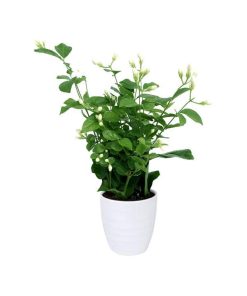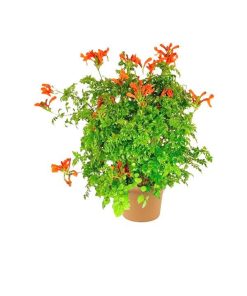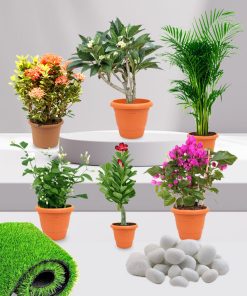Oleander – Nerium Oleander – Outdoor Flowering Plant Plantsworld.ae
د.إ 38,00 د.إ 22,80
Nerium Oleander is a high valued flowering plant.
- Nerium Oleander Aka Kaner is an evergreen shrub that belongs to the family of “Apocynaceae”. These shrubs grow up to 4m in height and contain short branches with dark green leathery narrow lace like leaves, which grow in whorls. Nerium Oleander are known for their flowers that grow in clusters at the end of each branch. And the colour shades of these flowers vary from purple, yellow, cream, white, pink to red, grows with 5 petals fringed at the base. These blossoms’ full diameter must be 2.5-5 cm. Nerium Oleander also bears a long narrow capsule like fruits, which usually splits open at its mature state to release numerous downy seeds. They are known or cultivated mostly due to its sweet- fragrant flowers which bear some medicinal values.
It’s a long lasting, easy to care plant and requires low maintenance.
- With its Native origin to Mediterranean region, but widely distributed all around India, Nepal and the Philippines, these flowering plants are easy to care for. They perform well in presence of full sunlight or in partial shade. Water them enough to keep soil moist, but not wet. Soil on which they are supposed to be planted must be a mix of sand and peat, and well-drained. Nerium Oleander are ideal for warm temperature. And in terms of feeding, use organic fertilizer to ensure their healthy growth.
Nerium Oleander are strong with Medicinal values.
- This flowering plant comes with great medicinal importance, and used for heart conditions, or treatment of epilepsy, painful menstrual periods, malaria, indigestion, ringworm, leprosy, cancer, asthma, etc.
It’s not a Pet-friendly plant.
- These flowering plants are highly toxic and must not be placed around pets and children.
Prompt Plant Delivery.
- Plants World is an exclusive plant shop among Dubai garden centres, that will get your plant delivery to your door steps with free plastic pots for plants. Nerium Oleander could also be presented as eco-friendly gifts or green giftings to any enthusiastic green thumb individuals.
| Size | 40-50 Cm, 60-80 Cm |
|---|---|
| Pot | Nursery Plastic Pot |
| Color | Pink, Reddish Pink |
Fast Shipping & Professional Packing
We are able offer many shipping options thanks to our long-term partnership with UPS FedEx DHL. Our warehouse staff is highly educated to pack your items exactly as per the specifications we offer. Your items will undergo an extensive inspection and will be securely secured prior to being delivered. We ship to thousands clients every day in a variety of countries. This shows our commitment to becoming the biggest retailer online in the world. The distribution centers and warehouses distribution are in Europe, as well as the USA.
Orders with more than one item are assigned processing times for each item.
We will thoroughly inspect all products before they are shipped. The majority of orders will be shipped within 48 hours. Delivery is expected to take between 3 and 7 days.
Returns
Stock is dynamic. It's not completely managed by us since we are involved with multiple parties such as the factory and the storage. So the actual stock may alter at any time. Please understand it may happen that your order will be out of stock once your order has been made.
Our policy is valid for 30 days. If you don't receive the product within the 30 days period, we're not able to issue the option of a refund or exchange.
The item cannot be used and in the original packaging. The item must be in its original packaging.
Related products
Outdoor Plant
Outdoor Plant
Outdoor Plant
Outdoor Plant
Outdoor Plant
Outdoor Plant
Outdoor Plant
Outdoor Plant
Bougainvillea ‘Pink Pixie’- Bougainvillea Glabra – Outdoor Flowering Plant Plantsworld.ae
Outdoor Plant
Outdoor Plant
Outdoor Plant
Outdoor Plant
Outdoor Plant
Outdoor Plant
Outdoor Plant
Outdoor Plant
